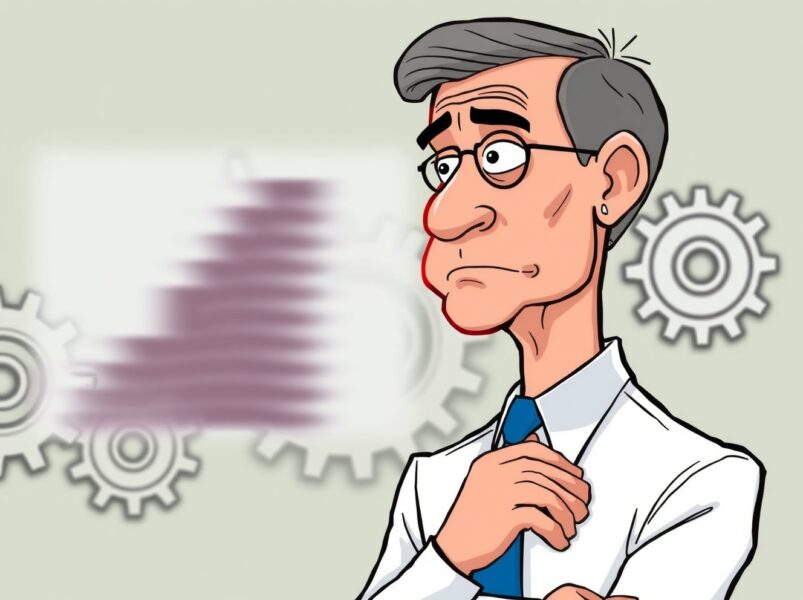Barstool Sports founder Dave Portnoy has revealed plans to buy XRP again after selling earlier in the year, just before the altcoin reached a new all-time high (ATH). He also mentioned the price level that he is looking at for the altcoin to dip to before he makes another purchase.
Dave Portnoy Says He Will Buy XRP When This Happens
In an X post, the Barstool founder said he will go ‘bonkers’ if the altcoin dips below $2.20, indicating plans to buy it on that dip. This came during a Q&A on X when a follower asked him if he had bought XRP again since he last sold it all.
Portnoy responded that he hadn’t bought since then, but that he has been checking the price “every 5 seconds” and plans to do so if it dips below $2.20. As CoinGape reported, the Barstool founder revealed in July earlier this year that he sold the altcoin at $2.40, just before it rose to a new all-time high (ATH) of $3.60.
He made the revelation remorsefully back then, stating that he wanted to “cry,” considering that he would have made millions. However, since then, XRP has been on a downtrend, down over 32% in the last 90 days.
The latest crash for the XRP has come amid the rising trade tensions between the U.S. and China, with other crypto assets, including Bitcoin, also on the decline. Notably, the altcoin dipped below the $2.20 level Dave Portnoy mentioned last week, after Trump announced 100% tariffs on China.
Another Dip Below $2.2 Still Likely
Crypto analyst CasiTrades indicated that the XRP price is likely to drop below $2.2 soon. She stated that a retest of the .618 retracement around $1.46 or even the golden pocket near $1.35 is “very possible” for the next wave down, as these levels are where multiple technicals align.
The analyst had earlier noted how the market had rebounded nicely after last Friday’s $19 billion liquidation event, but is now stalling. She explained that this is to be expected after such a sharp move to the downside. CasiTrades further described this kind of pause as a Wave 4, with the market consolidating and preparing for the final wave of the impulse.
She then mentioned that XRP could stage a massive reversal if its price targets the Wave 5 extension, macro golden retraces, and Wave 2 target. CasiTrades claimed that this could potentially start the long-awaited wave that would send the altcoin to between $6.50 and $10.
The analyst added that this is “the silver lining in all this chaos.” She explained that while the crash was devastating, it may have shifted the count from a shallow Wave 4 to a deeper macro Wave 2, which “sets up for the most powerful impulse in the cycle.”
Source: https://coingape.com/dave-portnoy-says-hell-buy-xrp-again-if-it-dips-below-this-level/



